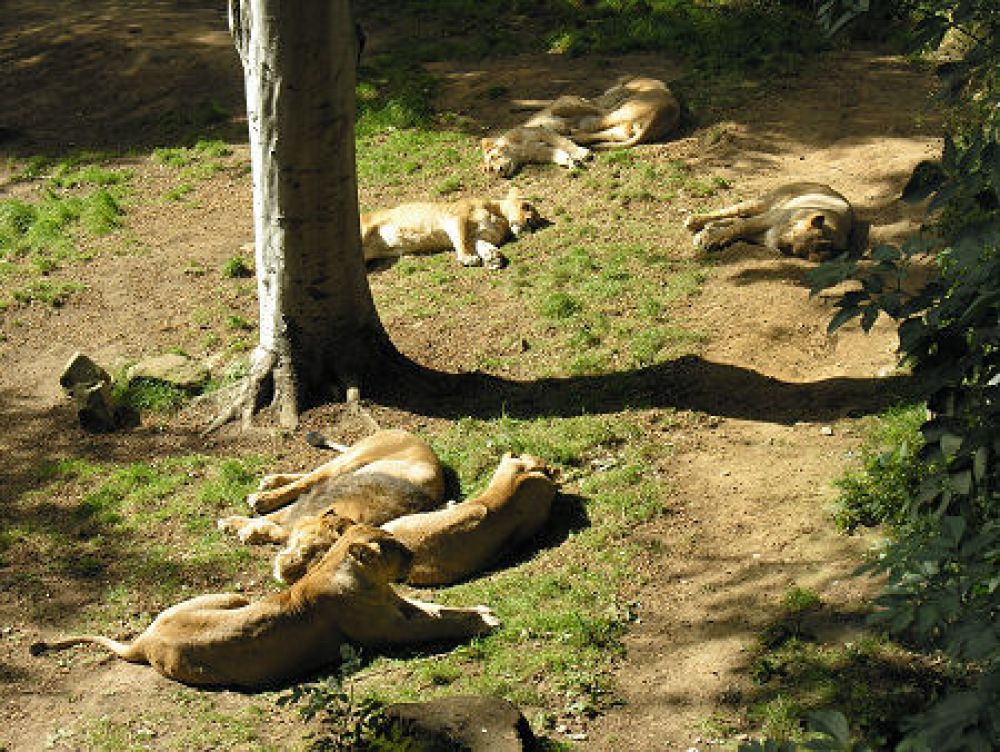

Edinburgh Zoo, officially known as the Royal Zoological Society of Scotland, opened its gates to the public on July 22, 1913. Charles Curle, a forward-thinking lawyer, and Thomas Hailing Gillespie, a book publisher and visionary for animal conservation, were the pioneers in establishing this zoological park. Their aim was to foster a love of nature and educate the public about wildlife and its conservation.
In its inception, Edinburgh Zoo broke from traditional Victorian zoo layouts by adopting a more spacious parkland setup, which is now known as a 'zoo without bars'. This approach facilitated more naturalistic habitats for animals and a better experience for visitors. The zoo's mission to offer educational and scientific resources, alongside entertainment, established it as a popular destination from the outset.
The zoo has consistently introduced new exhibits and species, which have been significant in attracting visitors and maintaining its reputation for innovation in animal welfare and visitor experience. Notable historical attractions included the Zoo's penguin parade, which started in 1951, and continues to be a cherished tradition today.
In the 1970s and 1980s, the zoo further expanded its educational programs, emphasizing the conservation of endangered species both locally and globally. This aligned with the growing global concern for the environment and conservation issues, which augmented the zoo’s role as a centre for education and ecological stewardship.
In the 21st century, Edinburgh Zoo has implemented numerous innovative projects, such as the Budongo Trail, which opened in 2008 to house a community of chimpanzees and provide an educational journey through conservation work being done in Budongo, Uganda. Another significant addition came in 2011, with the arrival of two giant pandas, Tian Tian and Yang Guang, on loan from China. This marked a major event in the zoo's history, with these beautiful creatures becoming central to the zoo's appeal and a focal point for international conservation efforts.
Tourism at Edinburgh Zoo has a strong and wide-ranging impact on the local economy, with visitors contributing not only to the zoo's revenues but also to those of nearby accommodations, restaurants, and shops. Additionally, with Edinburgh being a major cultural centre, tourists often combine their visit to the zoo with other festive events such as the Edinburgh Festival Fringe or historical sites like Edinburgh Castle.
The growth of eco-tourism and sustainable travel has influenced the Edinburgh Zoo experience. The zoo has adopted practices like reducing plastic usage, promoting public transport, and using renewable energy to align with visitors' values. Interactive and immersive experiences have also been gaining popularity, offering hands-on encounters with nature that resonate with visitors seeking personalized and meaningful experiences.
Moreover, during the COVID-19 pandemic, the zoo adapted by offering virtual zoo experiences, which allowed them to continue their educational mission and maintain a connection with their audience. As travel norms evolve, Edinburgh Zoo is likely to continue adapting to emerging trends while focusing on conservation and education.